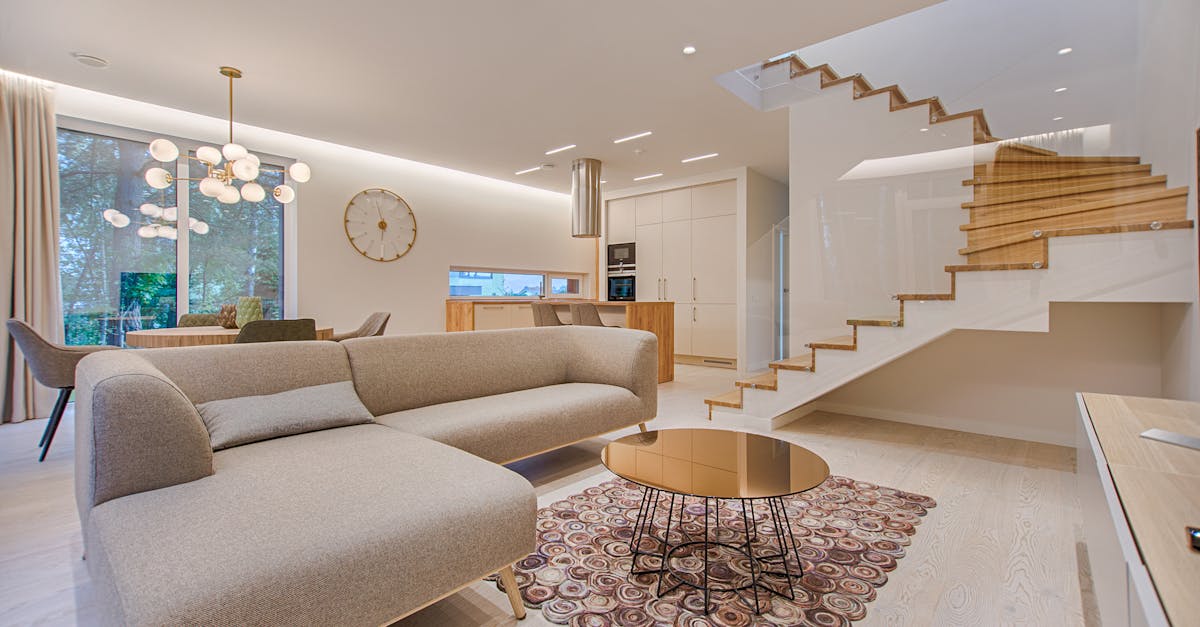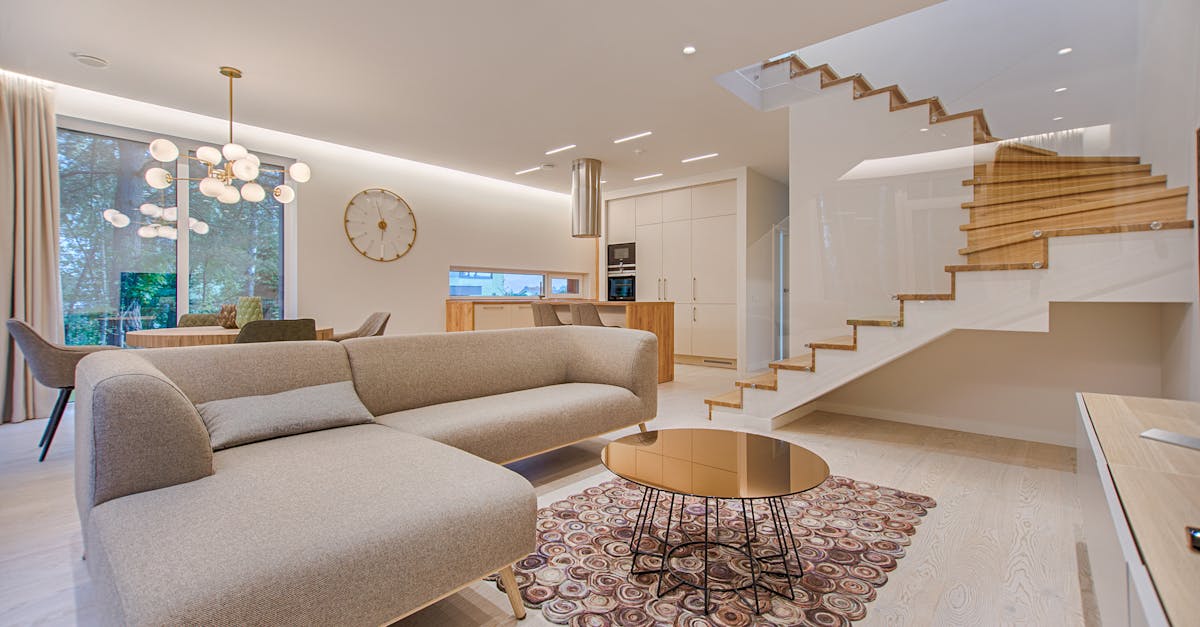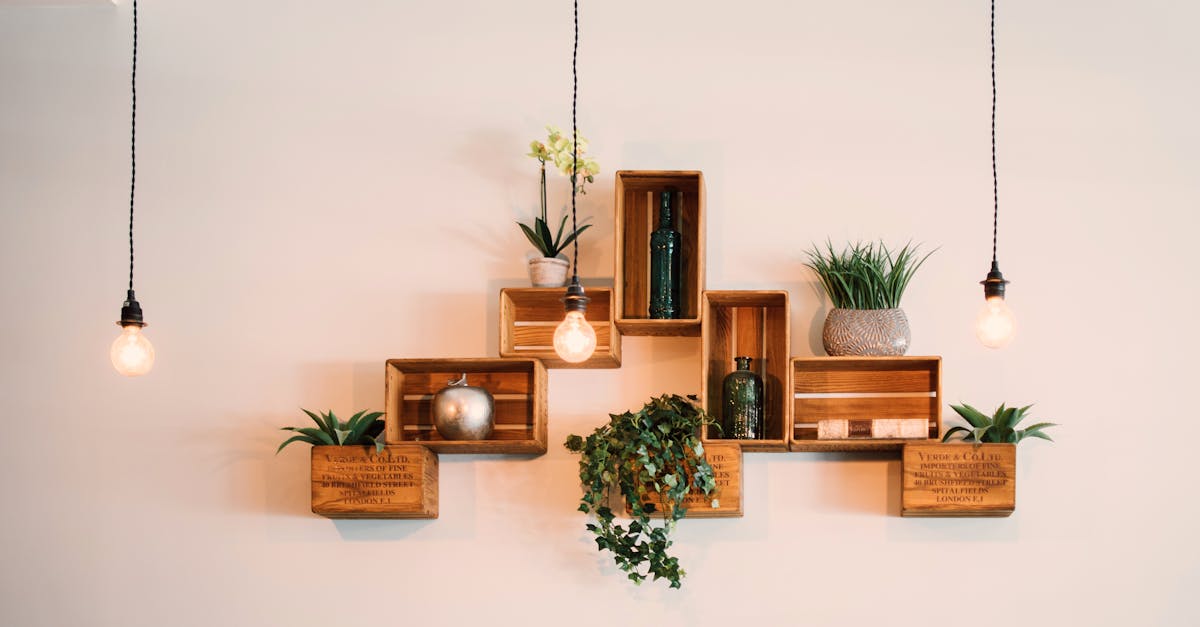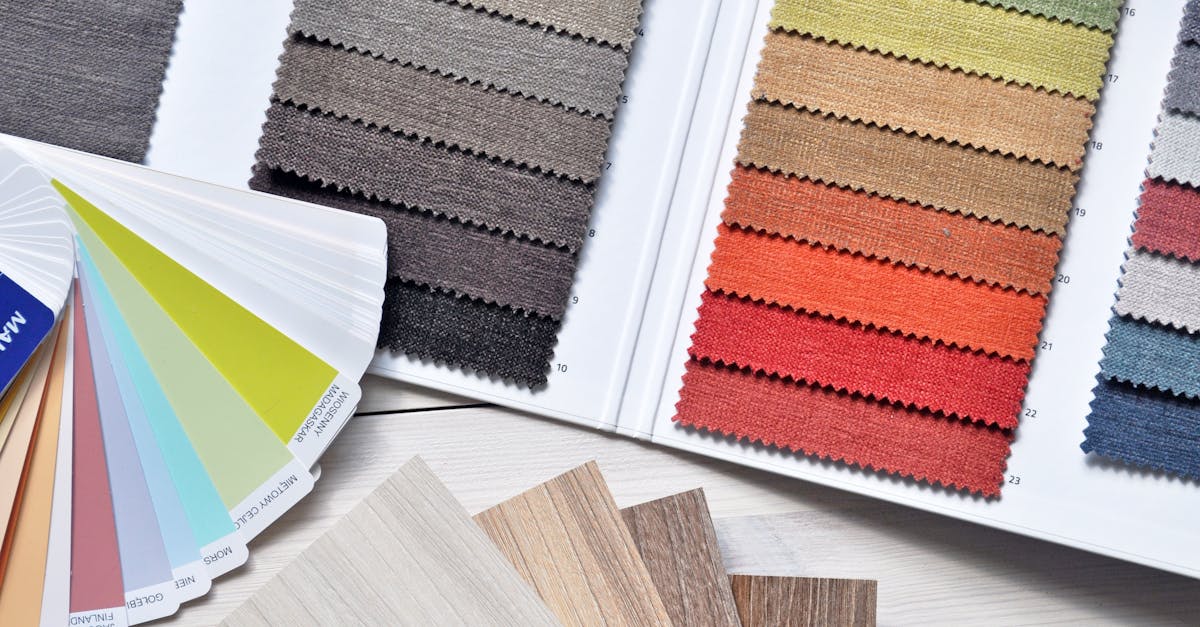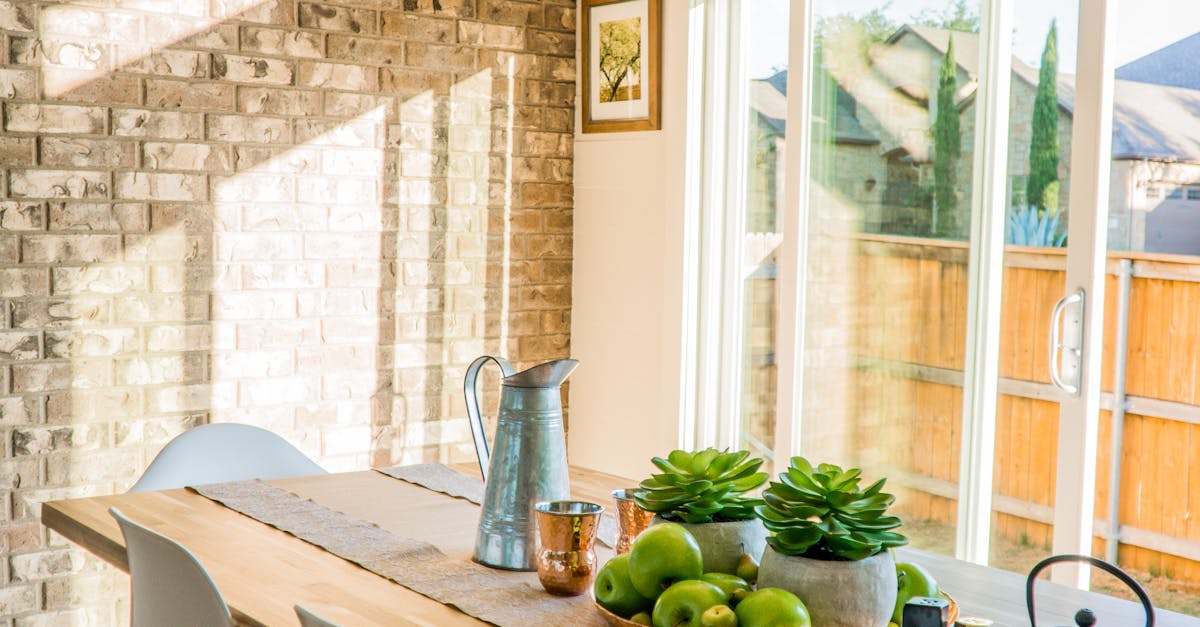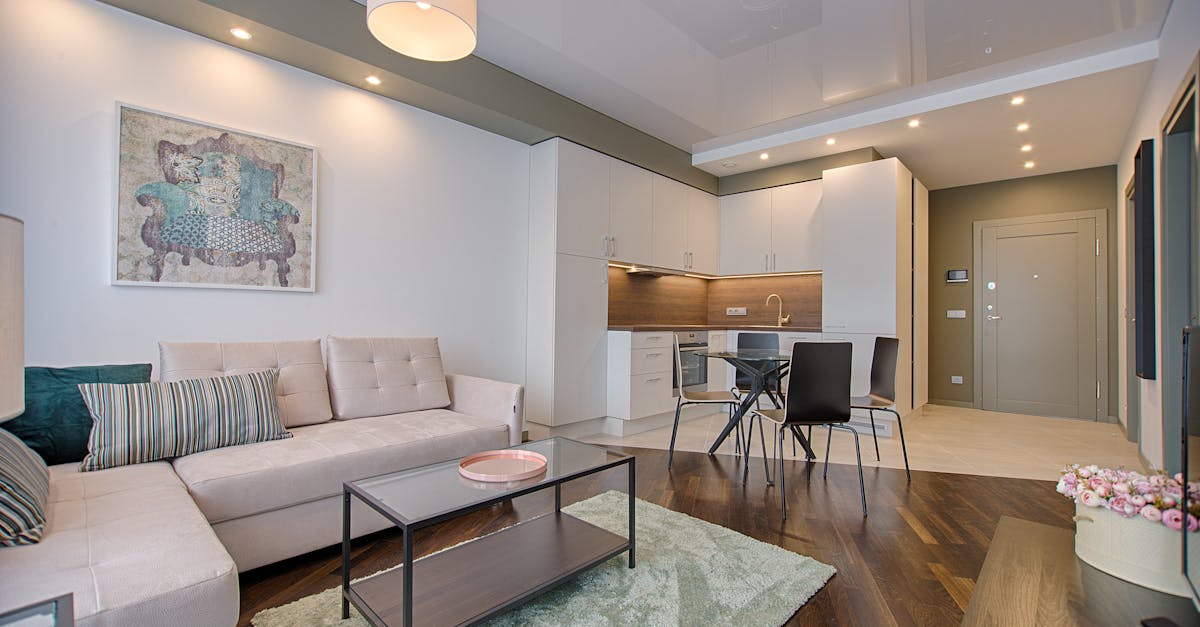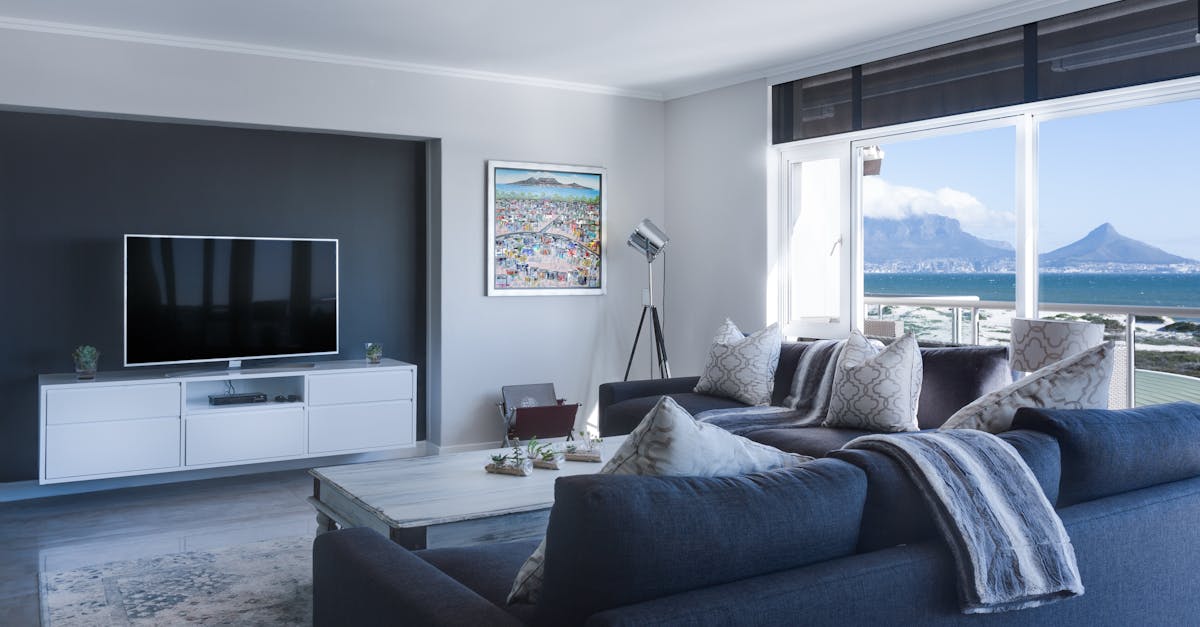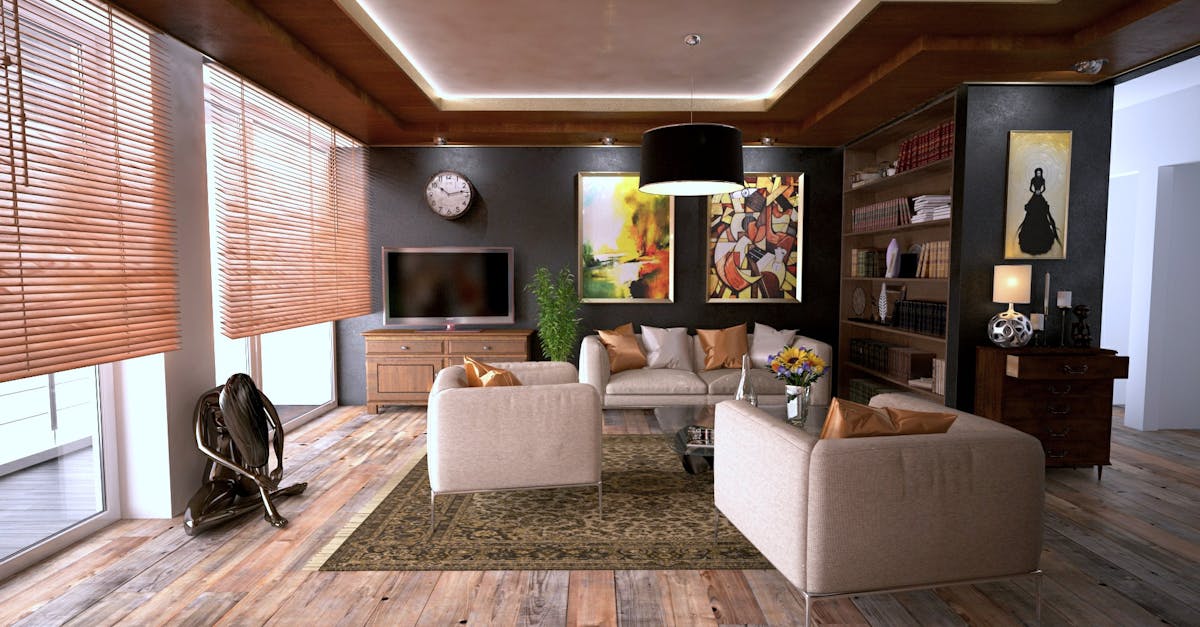
Table Of Contents
Common Challenges in Space Planning
Space Planning involves the strategic organization of spaces to accommodate various activities, people, and functions within a given area. This process comes with its own set of challenges that space planners must navigate to achieve optimal results. One common challenge faced in Space Planning is achieving a balance between the aesthetic appeal of a space and its functional requirements. It is essential for spaces to not only look visually appealing but also serve their intended purpose efficiently. This challenge requires space planners to carefully consider both the form and function of the space to create an environment that is not only beautiful but also practical for its users. In locations like Space Planning Peterborough, this balance becomes crucial to ensure the effective utilization of space while also meeting design expectations.
Balancing aesthetic appeal with functional needs
The intricacies of space planning are evident in the delicate balance between aesthetic appeal and functional needs. Whether it's a commercial building in downtown Toronto or a residential project in Vancouver, Space Planning Welland professionals must navigate the fine line between creating visually pleasing spaces and ensuring they serve their intended purpose efficiently. The challenge lies in harmonizing design elements that enhance the overall look of the space while also guaranteeing that it meets the practical requirements of its users.
Architects and interior designers collaborate closely with Space Planning Welland experts to strike this equilibrium between aesthetics and functionality. Design choices such as furniture selection, lighting fixtures, and colour schemes need to not only look visually appealing but also contribute to the efficient use of space. This meticulous attention to detail ensures that the final design not only impresses visually but also fulfills the functional needs of the individuals utilizing the space.
Collaboration in Space Planning
Collaboration in space planning is a fundamental aspect of creating functional and visually appealing spaces. Professionals involved in this field, such as space planners, architects, and interior designers, work closely together to ensure that the layout of a space not only meets the aesthetic requirements but also fulfills the practical needs of the end-users. In the Space Planning Halton Region, collaboration plays a crucial role in every project, as different perspectives and expertise contribute to the success of the final design.
The synergy between architects, interior designers, and space planners in Space Planning Halton Region allows for a comprehensive approach to space utilization. By combining their skills and knowledge, these professionals can address complex spatial challenges and find innovative solutions that enhance the functionality and overall appeal of a space. Through effective collaboration, projects can be executed seamlessly, resulting in well-designed spaces that meet the diverse needs of clients and users.
Working closely with architects and interior designers
Working closely with architects and interior designers is a crucial aspect of space planning. It involves collaborating to ensure that the spatial layout aligns with both the aesthetic vision and functional requirements of the project. Architects focus on the structural integrity and overall design of the space, while interior designers bring their expertise in colour schemes, furniture selection, and decoration. By working together harmoniously, the combined efforts of these professionals can truly bring a space to life.
Space Planning Aurora examples show how architects and interior designers carefully consider the intended use of the space, traffic flow, and how people will interact within it. This collaboration ensures that every aspect, from the choice of materials to the placement of furniture, contributes to creating a cohesive and inviting environment. The synergy between these disciplines is essential in achieving a successful and well-executed space that meets the needs and desires of its users.
Career Opportunities in Space Planning
Space planning is a crucial aspect of designing functional and aesthetically pleasing spaces. For those aspiring to carve a career in this field, a multitude of opportunities await. Space Planning Haldimand professionals have the option of venturing into freelance consulting roles, offering their expertise to businesses seeking to optimize their spaces efficiently. This avenue not only allows for autonomy in work schedules but also provides the opportunity to work on diverse projects, honing one's skills in different environments.
Moreover, individuals passionate about space planning can explore project management roles within the industry. Collaborating with architects and interior designers, space planners play a vital role in ensuring that spaces are not only visually appealing but also cater to the functional needs of their intended users. By delving into project management, professionals can apply their knowledge and creativity to oversee the successful execution of various projects, contributing significantly to the realization of innovative and well-designed spaces.
Freelance consulting and project management roles
Freelance consulting and project management roles within the realm of space planning offer professionals the opportunity to exercise their expertise in a variety of settings. These roles often involve working with diverse clients to design functional and visually appealing spaces that cater to their unique needs. Space Planning Welland, for instance, may hire freelance consultants to provide innovative solutions for maximizing space utilization and creating harmonious environments.
Individuals pursuing freelance consulting and project management roles in space planning must possess a keen eye for detail and a deep understanding of design principles. Collaborating with clients and other industry professionals such as architects and interior designers is a key aspect of these roles. The ability to effectively communicate ideas, manage timelines, and oversee the execution of projects is crucial for success in the dynamic field of space planning.
FAQS
What is the role of a space planner?
A space planner is responsible for designing and organizing interior spaces to optimize functionality and efficiency.
What skills are required to be a successful space planner?
Successful space planners possess a combination of creativity, problem-solving skills, attention to detail, and a strong understanding of design principles.
How does a space planner collaborate with architects and interior designers?
Space planners work closely with architects and interior designers to ensure that the design aligns with the client's needs, budget, and aesthetic preferences.
What are some common challenges faced by space planners?
Common challenges in space planning include maximizing limited space, addressing technical constraints, and meeting the diverse needs of clients.
What are the career opportunities available for space planners?
Space planners can pursue various career paths, including working in design firms, real estate companies, or as freelance consultants and project managers.
